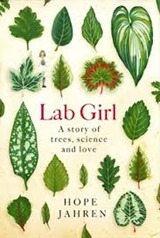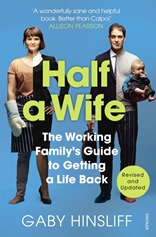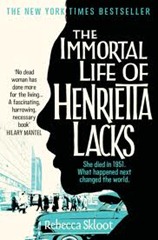 Hidden Figures by Margot Lee Shetterly tells the story of Africa American women who worked as “computers” at NASA and its predecessor NACA during and after the Second World War.
Hidden Figures by Margot Lee Shetterly tells the story of Africa American women who worked as “computers” at NASA and its predecessor NACA during and after the Second World War.
In a first, this means I am currently reading both fiction and non-fiction by African-American women. (I’m also reading The Parable of the Sower by Octavia E. Butler)
The Hidden Figures worked initially in the West Area Computing Group at the NACA Langley Research Centre in Hampton, Virginia, which did reseach on aircraft and then rocket design. The Computing groups carried out calculations at the behest of engineers from around the Centre, this was at a time when calculation was manual or semi-manual compared to today. Over time they were co-opted directly into research groups, some of them to ultimately become engineers. The West Computing group was mirrored by the East Area Computing Group – comprised of white women.
There is some history for women acting as “computers”, and the necessity of World War II led to the government taking on Africa American women for the job, in face of historic segregation. For African American women this was a rare opportunity, until then the only recourse for African American woman with advanced training in maths was teaching. For a very few the Computing group ultimately acted as a stepping stone to working as an engineer.
Shetterly sees these women as a vanguard to the African Americans in the modern US who have every opportunity open to them. This jars a little to me when I see constant news from the US of, for example black people being more likely to be killed by the police, or a senior African American being brought together by the President with the policeman that aggressively interviewed him on his doorstep because the house looked too nice to belong to a black man. Or African Americans being purposefully disenfranchised.
The shocking thing to me, as a Brit, was the degree to which US society was absolutely, formally segregated on racial grounds. In Virginia, where this story is set, segregation was preserved by the Democratic Party (perhaps some explanation as to why African Americans are not necessarily whole-heartedly Democrats). In Prince Edward County, Virginia they went as far as shutting down all the public schools for 5 years in order that black and white children would not be educated together – white children were given grants to study at private schools. Britain may have been racist in the past, it may still be racist today but it never enshrined it so deeply and widely into law.
In response to this Africa Americans ran a parallel community, segregation didn’t end because the segregation laws were repealed. It ended because African Americans saw the end of those laws as a door ajar which needed a serious push to pass through. Thus when Rosa Parks sat on the bus, Katherine Goble (from this book) went to university and Ruby Bridges went to school they didn’t do so entirely alone. They had the support of their community and the organisation of the NAACP to help them. They had to be twice as good as a white person to get the same job. At the same time they also saw themselves as representatives of their race, and examples to their children.
When you look at a man the age of Donald Trump, 70, it’s worth bearing in mind that his teenage years were spent during the end of segregation by law and his parents were the white generation which fought so hard to keep it.
The focus of the book is mainly the personal lives, and ambitions of the women. There is some description of the work they, and the Research Centre did, but not in any great depth. The book highlights again the transformative effect of, particularly, the Second World War on society in the US. The seeds of theses changes could be seen after the First World War. This mirrors similar changes in society in the UK.
Once “computing” became the realm of high capital machinery the importance of women as computers waned, high capital machinery being the preserve of men. We see the consequences of this even now.
The book finishes with the part Katherine Johnson, in particular, played in John Glenn’s first trip into orbit and her subsequent work on the Apollo moon landing and Apollo 13 recovery. Shetterly emphasises the legacy of this group of women that normalised the idea that Africa American women could ultimately become engineers, scientists or any other sort of professional.
Interestingly my wife and I disagreed on the prominence of the men on the cover of the book (see above). She thought they were central and thus important, I thought they were small and thus unimportant. In the text the men are bit-part players, they are husbands and sons, or drift in and out of the narrative having spoken their line.

 Lab Girl
Lab Girl
 The Immortal Life of Henrietta Lacks
The Immortal Life of Henrietta Lacks